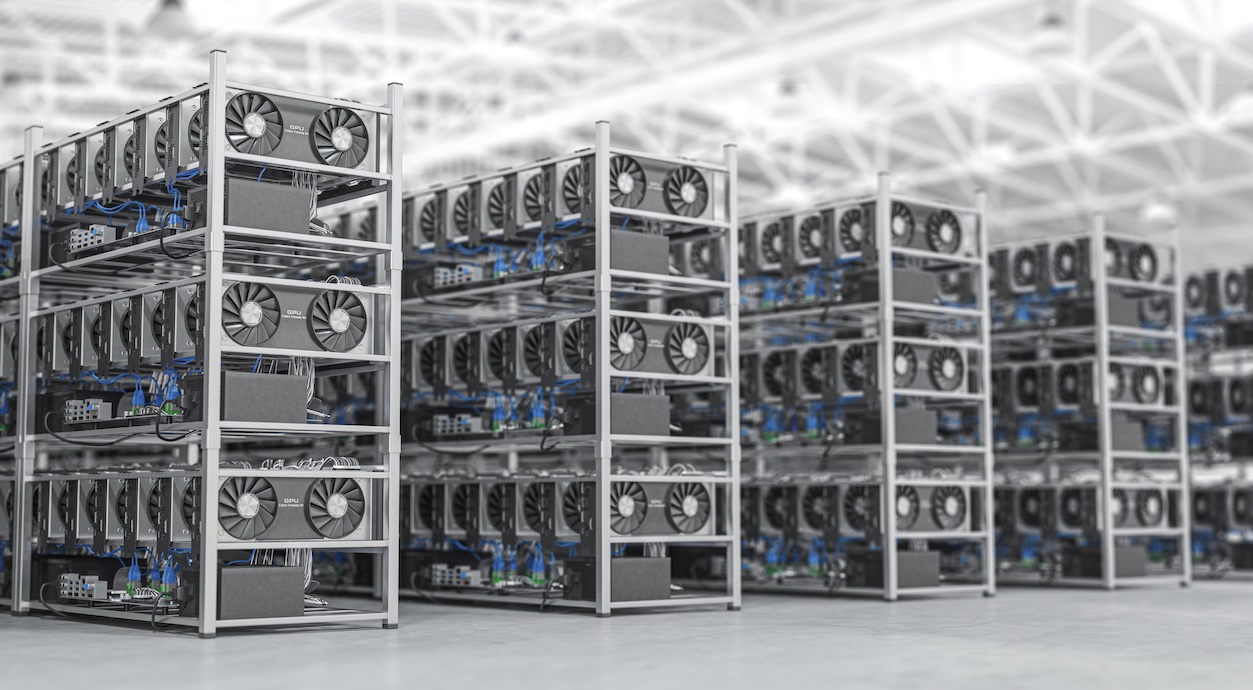How to Mine Bitcoin in 2025: A Complete and Updated Guide
Bitcoin mining in 2025 is a very different activity compared to the early years of cryptocurrency. With technological advancements and increased network difficulty, mining Bitcoin today requires investment, strategy, and environmental awareness. In this article, we’ll explore how mining works in 2025, the required equipment, costs, strategies, and risks involved.
Bitcoin mining in 2025 is a very different activity compared to the early years of cryptocurrency. With technological advancements and increased network difficulty, mining Bitcoin today requires investment, strategy, and environmental awareness. In this article, we’ll explore how mining works in 2025, the required equipment, costs, strategies, and risks involved.
What Is Bitcoin Mining?
Bitcoin mining is the process by which new BTC are introduced into circulation and transactions are verified and added to the blockchain. Miners compete to solve complex mathematical problems using “Proof-of-Work” (PoW), receiving a reward in BTC each time they discover a new block.
As of 2025, the block reward has been reduced to 3.125 BTC following the halving event in April 2024. This makes mining less profitable than before but still potentially rewarding if done efficiently.
Mining Equipment in 2025
1. ASIC Miners
To mine Bitcoin competitively today, you need ASICs (Application-Specific Integrated Circuits), which are devices built specifically for mining. Some of the most popular models in 2025 include:
Bitmain Antminer S21 – 200 TH/s, ~18 J/TH efficiency
WhatsMiner M60 – 180 TH/s, ~20 J/TH efficiency
Canaan Avalon A14 – a reliable option with good compatibility
2. Power Supply and Cooling
A high-efficiency PSU is crucial. In addition, you’ll need a cooling system, especially in hot or humid areas. Some mining farms now use immersion cooling or mobile container units with advanced thermal management.
Core Requirements
1. Low-Cost Electricity
Electricity cost is the most critical variable. Competitive miners in 2025 operate in regions where power costs less than $0.05 per kWh (e.g., Texas, Paraguay, Iceland, parts of Russia).
2. Stable Internet Connection
While high speed isn’t essential, a stable connection is necessary to prevent disconnections or data loss that could hurt profitability.
3. Mining Pools
Solo mining is extremely difficult. Miners typically join pools, where resources are shared and rewards are distributed based on each miner’s contribution.
Popular mining pools in 2025:
Foundry USA
ViaBTC
F2Pool
Binance Pool
Costs and Profitability
Key costs to consider:
Initial hardware: $2,000–$5,000 per unit
Monthly electricity: $100–$500 per machine
Cooling, space, and maintenance
Local taxes or regulations
Tools like WhatToMine, NiceHash Profitability Calculator, and Braiin’s OS+ dashboard help you estimate real-time profitability.
Environmental Considerations
Mining has faced criticism for its environmental impact. To reduce this in 2025:
Many miners now use renewable energy (solar, hydro, geothermal)
Some integrate with energy grids to absorb surplus power
Sustainable cooling systems are becoming standard
Legal and Regulatory Environment
Laws vary greatly by country. Some (like El Salvador or Paraguay) support mining, while others restrict or heavily tax it. It’s essential to:
Verify the legality of mining in your jurisdiction
Consider any tax obligations
Keep up with regulatory changes
Conclusion
Mining Bitcoin in 2025 is no longer a casual hobbyist’s game—it’s an industrial, highly competitive sector. However, with careful planning, access to cheap electricity, and efficient hardware, it can still yield a strong return on investment.
To summarize:
Invest in modern, efficient ASIC hardware
Look for locations with cheap, reliable power
Join a mining pool for stable earnings
Consider environmental impact and local laws
